Home>Gardening & Outdoor>Outdoor Structures>What To Use For Shed Flooring
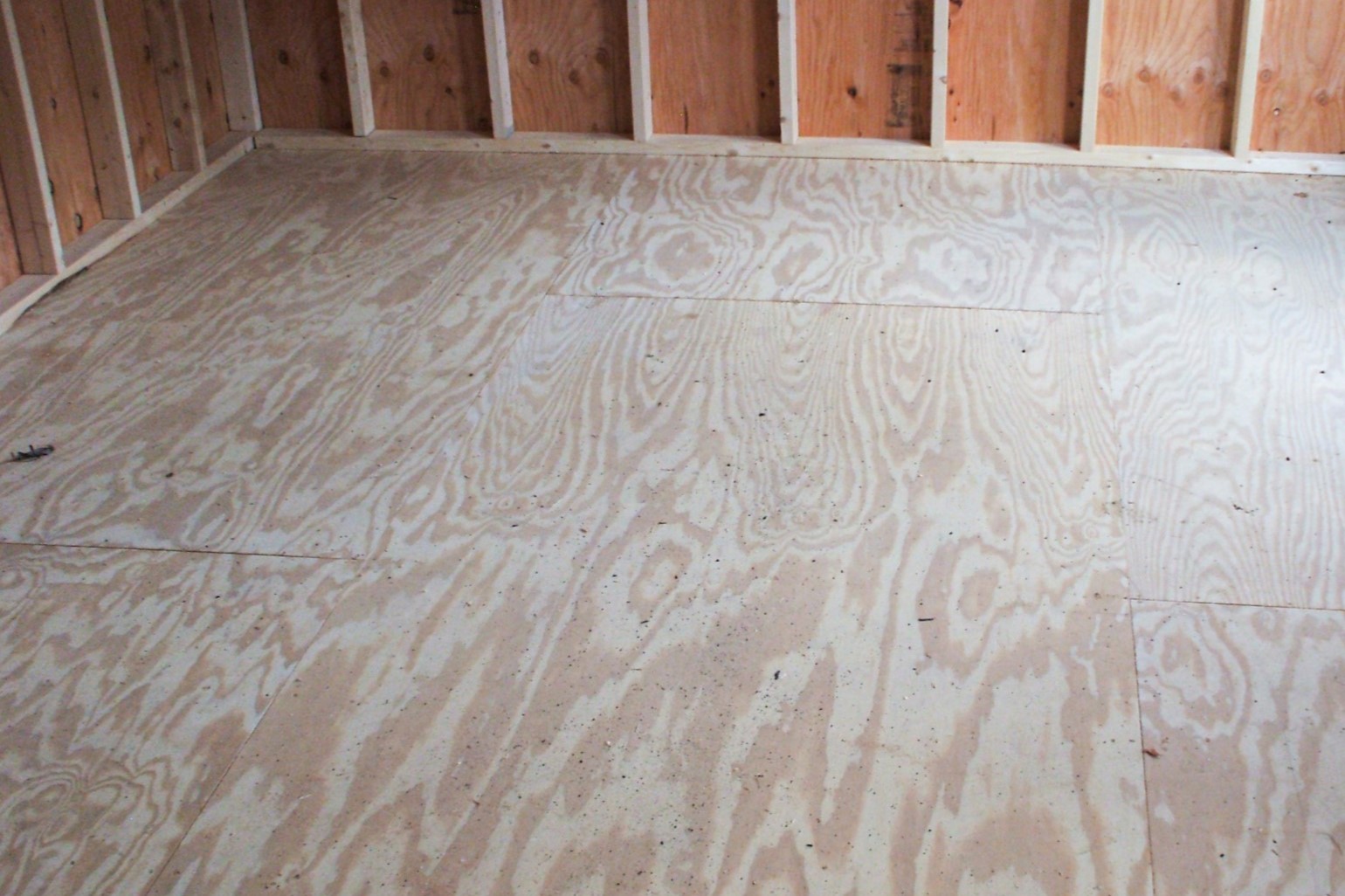

Outdoor Structures
What To Use For Shed Flooring
Published: January 20, 2024
Discover the best options for shed flooring to ensure durability and functionality for your outdoor structures. Explore various materials suitable for outdoor use.
(Many of the links in this article redirect to a specific reviewed product. Your purchase of these products through affiliate links helps to generate commission for Storables.com, at no extra cost. Learn more)
Introduction
When it comes to constructing a shed, one of the critical decisions to make is selecting the most suitable flooring material. The choice of shed flooring not only impacts the shed's durability but also influences its functionality and aesthetic appeal. With a myriad of options available, it's essential to consider factors such as durability, cost, maintenance, and the shed's intended use. From traditional wood to modern rubber mats and plastic tiles, each material offers unique benefits and considerations. In this comprehensive guide, we will explore various shed flooring options, their characteristics, and the factors to consider when making the best choice for your shed. Whether you're aiming for a rustic, natural look or seeking a low-maintenance, modern solution, we've got you covered with valuable insights and practical recommendations. Let's delve into the world of shed flooring to help you make an informed decision that aligns with your needs and preferences.
Key Takeaways:
- Choose concrete for a durable, low-maintenance shed floor. It resists moisture and lasts for decades, making it ideal for various shed uses.
- Opt for rubber mats for a comfortable and safe shed floor. They reduce fatigue, provide slip resistance, and offer customization options for a versatile flooring solution.
Read more: What Plywood To Use For Shed Floor
Concrete
Concrete is a popular and versatile choice for shed flooring, offering durability and minimal maintenance requirements. It provides a solid, stable foundation that can withstand heavy loads and resist moisture, making it suitable for various shed applications. Whether you’re using the shed for storage, as a workshop, or even as a living space, concrete flooring can meet your needs effectively.
One of the primary advantages of concrete flooring is its longevity. When properly installed and maintained, concrete can last for decades without significant wear and tear. Additionally, it offers excellent resistance to moisture, preventing issues such as mold, mildew, and rot that can compromise other flooring materials.
Moreover, concrete is relatively easy to clean and maintain. Regular sweeping and occasional mopping are usually sufficient to keep the floor in top condition. This low-maintenance aspect makes concrete an attractive option for those seeking a hassle-free flooring solution.
However, it’s important to note that concrete can be hard on the feet and joints, especially if the shed is used as a workspace where people stand for extended periods. To address this, adding anti-fatigue mats or rugs can provide cushioning and improve comfort.
While concrete offers numerous benefits, it’s essential to consider the installation process and associated costs. Pouring and finishing concrete requires skill and precision, and it may involve hiring professional contractors. Additionally, the initial investment for concrete flooring can be higher compared to some other options, although its long-term durability often justifies the upfront expense.
In summary, concrete flooring is a durable, low-maintenance option suitable for various shed applications. Its longevity, resistance to moisture, and ease of maintenance make it a practical choice for those prioritizing longevity and functionality in their shed flooring.
Wood
Wood has been a traditional and timeless choice for shed flooring, offering a warm, natural aesthetic and versatility. Whether you opt for plywood, oriented strand board (OSB), or tongue-and-groove boards, wood flooring can add a touch of rustic charm to your shed while providing a sturdy and reliable surface.
One of the key advantages of wood flooring is its ease of installation. With basic carpentry skills and tools, you can lay down wood flooring relatively quickly, making it a DIY-friendly option for shed owners. Additionally, wood provides a comfortable and forgiving surface, reducing strain on the feet and legs, which can be beneficial if the shed is used as a workshop or hobby space.
Furthermore, wood flooring allows for customization and personalization. You can choose from various wood species, finishes, and patterns to achieve the desired look for your shed. Whether you prefer the natural grain of cedar, the affordability of pine, or the durability of pressure-treated lumber, wood flooring offers a range of options to suit different preferences and budgets.
However, it’s important to acknowledge that wood flooring requires consistent maintenance to preserve its appearance and structural integrity. Regular sealing or painting is essential to protect the wood from moisture, rot, and insect damage. Without proper maintenance, wood flooring can be susceptible to warping, decay, and other issues that compromise its longevity.
Moreover, wood flooring may not be the most suitable option for sheds in high-moisture environments or those prone to frequent temperature fluctuations. In such conditions, moisture-related damage and expansion/contraction of the wood may pose challenges, necessitating extra precautions and maintenance efforts.
In summary, wood flooring offers a classic, customizable, and relatively affordable option for shed flooring. Its natural appeal, ease of installation, and forgiving surface make it a popular choice for DIY enthusiasts and those seeking a traditional, inviting atmosphere in their shed. With proper maintenance and consideration of environmental factors, wood flooring can provide a durable and charming foundation for your shed.
Gravel
Gravel is a versatile and cost-effective option for shed flooring, offering excellent drainage properties and straightforward installation. It is particularly well-suited for sheds used primarily for storage or as a shelter for outdoor equipment and machinery. The permeable nature of gravel allows water to drain through, preventing pooling and potential water damage within the shed.
One of the primary advantages of gravel flooring is its simplicity. With minimal preparation, such as leveling the ground and adding a weed barrier, gravel can be spread evenly to create a stable and functional flooring surface. This ease of installation makes gravel a practical choice for DIY shed projects and those seeking a budget-friendly flooring solution.
Moreover, gravel provides natural drainage and promotes airflow, helping to keep the shed interior dry and well-ventilated. This can be particularly beneficial in areas with heavy rainfall or high humidity, as gravel helps mitigate moisture-related issues that can affect other flooring materials.
Additionally, gravel is readily available in various sizes and colors, allowing for customization based on aesthetic preferences and functional requirements. Whether you prefer a uniform gravel bed or a mix of different stone sizes for enhanced stability, gravel offers flexibility in creating a tailored flooring surface for your shed.
However, it’s important to consider the potential drawbacks of gravel flooring. While it offers excellent drainage, gravel may not provide a completely level or solid surface, which can pose challenges for certain shed uses, such as workshops or areas requiring precise equipment placement. Furthermore, gravel may shift or disperse over time, necessitating occasional maintenance to ensure a consistently even surface.
Another consideration is the potential for gravel to track into the shed, especially in high-traffic areas. This can be mitigated by incorporating a pathway or designated entry area with a solid surface to minimize the transfer of gravel indoors.
In summary, gravel flooring offers a practical, budget-friendly option for shed flooring, particularly for storage and utility purposes. Its natural drainage properties, ease of installation, and customizable features make it a viable choice for DIY shed projects and those seeking an accessible and functional flooring solution.
Consider using pressure-treated lumber or plywood for shed flooring. These materials are durable and resistant to moisture, helping to protect your shed from rot and decay.
Rubber Mats
Rubber mats are an increasingly popular choice for shed flooring, offering a blend of durability, cushioning, and versatility. Whether you’re setting up a home gym, creating a workshop space, or simply seeking a comfortable and resilient flooring solution, rubber mats provide a range of benefits that cater to diverse shed applications.
One of the key advantages of rubber mats is their impact-absorbing properties, which can reduce fatigue and strain on the body, making them well-suited for areas where people stand for extended periods. This cushioning effect is especially valuable for workshops, exercise areas, and other spaces where comfort and safety are paramount.
Moreover, rubber mats offer excellent slip resistance, enhancing safety within the shed, particularly in environments where spills or moisture may be present. This feature is especially beneficial for workshops or areas where tools, equipment, or liquids are handled, providing added peace of mind and reducing the risk of accidents.
Additionally, rubber mats are relatively easy to install and maintain. They can be laid down directly on a level surface, and individual mats can be interlocked for a seamless and secure flooring system. Cleaning and maintaining rubber mats typically involve simple procedures such as sweeping, mopping, or using a mild detergent, making them a low-maintenance flooring option.
Furthermore, rubber mats are available in various thicknesses, colors, and patterns, allowing for customization based on aesthetic preferences and functional requirements. Whether you prefer a sleek, monochrome surface or a vibrant, multi-colored design, rubber mats offer versatility in creating an appealing and practical flooring solution for your shed.
However, it’s important to consider that rubber mats may have a distinct odor initially, especially if they are newly manufactured. This odor typically dissipates over time and with proper ventilation. Additionally, while rubber mats offer excellent durability, they may be susceptible to damage from sharp or heavy objects, requiring some care to maintain their longevity.
In summary, rubber mats provide a resilient, comfortable, and safe flooring solution for sheds, catering to a wide range of applications from workshops to exercise areas. Their cushioning effect, slip resistance, ease of maintenance, and customization options make them a versatile and appealing choice for those prioritizing functionality and comfort in their shed flooring.
Read more: What To Use For Shed Roof
Plastic Tiles
Plastic tiles offer a modern and versatile option for shed flooring, combining durability, ease of installation, and aesthetic appeal. Whether you’re transforming your shed into a recreational space, a home office, or a storage area, plastic tiles provide a range of benefits that cater to diverse needs and preferences.
One of the primary advantages of plastic tiles is their interlocking design, which allows for straightforward installation without the need for adhesives or specialized tools. This feature makes them a practical choice for DIY enthusiasts and those seeking a quick and hassle-free flooring solution for their shed.
Moreover, plastic tiles are available in various styles, colors, and patterns, offering opportunities for customization and personalization. Whether you prefer a sleek, contemporary look or a vibrant, playful design, plastic tiles allow you to create a visually appealing and functional flooring surface that complements the overall aesthetic of your shed.
Additionally, plastic tiles are resistant to moisture, making them suitable for sheds located in areas prone to high humidity or occasional water exposure. This moisture resistance helps prevent issues such as mold, mildew, and rot, contributing to the longevity and structural integrity of the shed flooring.
Furthermore, plastic tiles provide a comfortable and forgiving surface, reducing strain on the feet, especially in areas where people stand or walk frequently. This cushioning effect can enhance the overall comfort and usability of the shed, particularly if it serves as a workspace, recreation area, or a place for social gatherings.
However, it’s important to consider that plastic tiles may be susceptible to scratching or damage from heavy, sharp, or abrasive objects. While they offer durability and resilience, taking precautions to protect the tiles from potential impact and wear can help maintain their appearance and functionality over time.
In summary, plastic tiles offer a contemporary, customizable, and easy-to-install flooring solution for sheds, catering to a wide range of applications and design preferences. Their interlocking design, moisture resistance, comfort, and visual versatility make them an attractive choice for those seeking a practical and visually appealing flooring option for their shed.
Vinyl Flooring
Vinyl flooring is a versatile and resilient option for shed flooring, offering a blend of durability, moisture resistance, and aesthetic appeal. Whether you’re transforming your shed into a recreational space, a home office, or a workshop, vinyl flooring provides a range of benefits that cater to diverse needs and preferences.
One of the primary advantages of vinyl flooring is its moisture resistance, making it suitable for sheds located in areas prone to high humidity or occasional water exposure. This feature helps prevent issues such as mold, mildew, and rot, contributing to the longevity and structural integrity of the shed flooring.
Moreover, vinyl flooring is available in various styles, colors, and patterns, offering opportunities for customization and personalization. Whether you prefer a wood-look finish, a stone-inspired design, or a contemporary, monochrome surface, vinyl flooring allows you to create a visually appealing and functional flooring surface that complements the overall aesthetic of your shed.
Additionally, vinyl flooring provides a comfortable and forgiving surface, reducing strain on the feet, especially in areas where people stand or walk frequently. This cushioning effect can enhance the overall comfort and usability of the shed, particularly if it serves as a workspace, recreation area, or a place for social gatherings.
Furthermore, vinyl flooring is relatively easy to clean and maintain, requiring simple procedures such as sweeping, mopping, or using a mild detergent. This low-maintenance aspect makes vinyl flooring a practical choice for those seeking a hassle-free flooring solution that retains its visual appeal with minimal effort.
However, it’s important to consider that vinyl flooring may be susceptible to scratching or damage from heavy, sharp, or abrasive objects. While it offers durability and resilience, taking precautions to protect the flooring from potential impact and wear can help maintain its appearance and functionality over time.
In summary, vinyl flooring offers a versatile, moisture-resistant, and visually appealing flooring solution for sheds, catering to a wide range of applications and design preferences. Its customization options, comfort, low maintenance, and durability make it an attractive choice for those seeking a practical and aesthetically pleasing flooring option for their shed.
Conclusion
Choosing the right flooring for your shed is a crucial decision that impacts the shed’s functionality, durability, and overall appeal. Each flooring option, from traditional wood to modern vinyl, offers unique benefits and considerations, allowing you to tailor the choice to your specific needs and preferences. Whether you prioritize durability, aesthetics, ease of installation, or comfort, there’s a suitable flooring solution for your shed.
Concrete stands out for its durability and low maintenance, making it ideal for various shed applications. Wood flooring provides a timeless, customizable option with a natural aesthetic, while gravel offers a practical, budget-friendly solution with excellent drainage properties. Rubber mats and plastic tiles cater to modern preferences, offering comfort, versatility, and visual appeal, while vinyl flooring combines moisture resistance, customization, and ease of maintenance.
When deciding on the best flooring for your shed, it’s essential to consider factors such as the shed’s purpose, environmental conditions, maintenance requirements, and budget. By evaluating these factors and understanding the unique characteristics of each flooring option, you can make an informed decision that aligns with your specific needs and enhances the functionality and visual appeal of your shed.
Whether you’re creating a workshop, a storage space, a recreational area, or a multifunctional shed, the right flooring choice can elevate the overall usability and aesthetics of the space. With a wide range of options available, you have the flexibility to select a flooring solution that reflects your personal style and enhances the practicality of your shed, creating a welcoming and functional environment for your activities and storage needs.
Ultimately, the ideal shed flooring combines durability, visual appeal, and functionality, providing a reliable foundation for your shed’s diverse uses. By carefully considering the characteristics and benefits of each flooring option, you can make a confident choice that aligns with your vision for the perfect shed.
Frequently Asked Questions about What To Use For Shed Flooring
Was this page helpful?
At Storables.com, we guarantee accurate and reliable information. Our content, validated by Expert Board Contributors, is crafted following stringent Editorial Policies. We're committed to providing you with well-researched, expert-backed insights for all your informational needs.
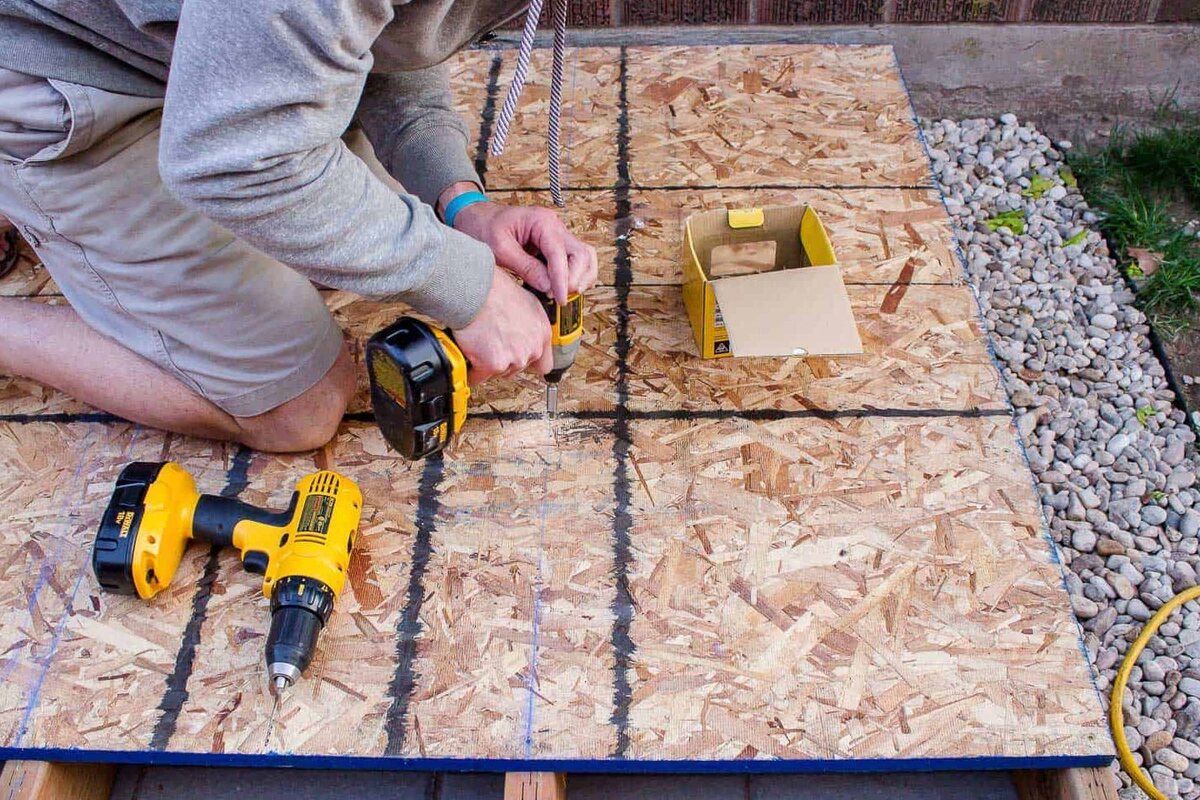
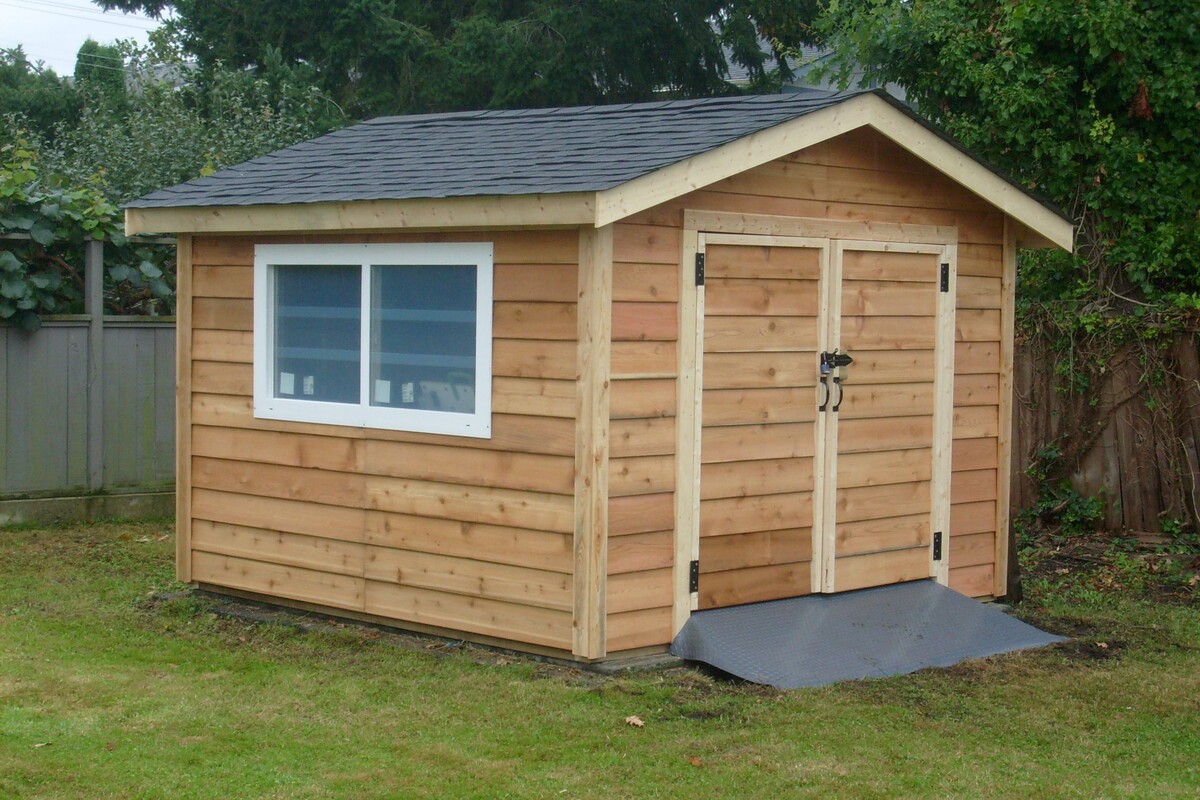
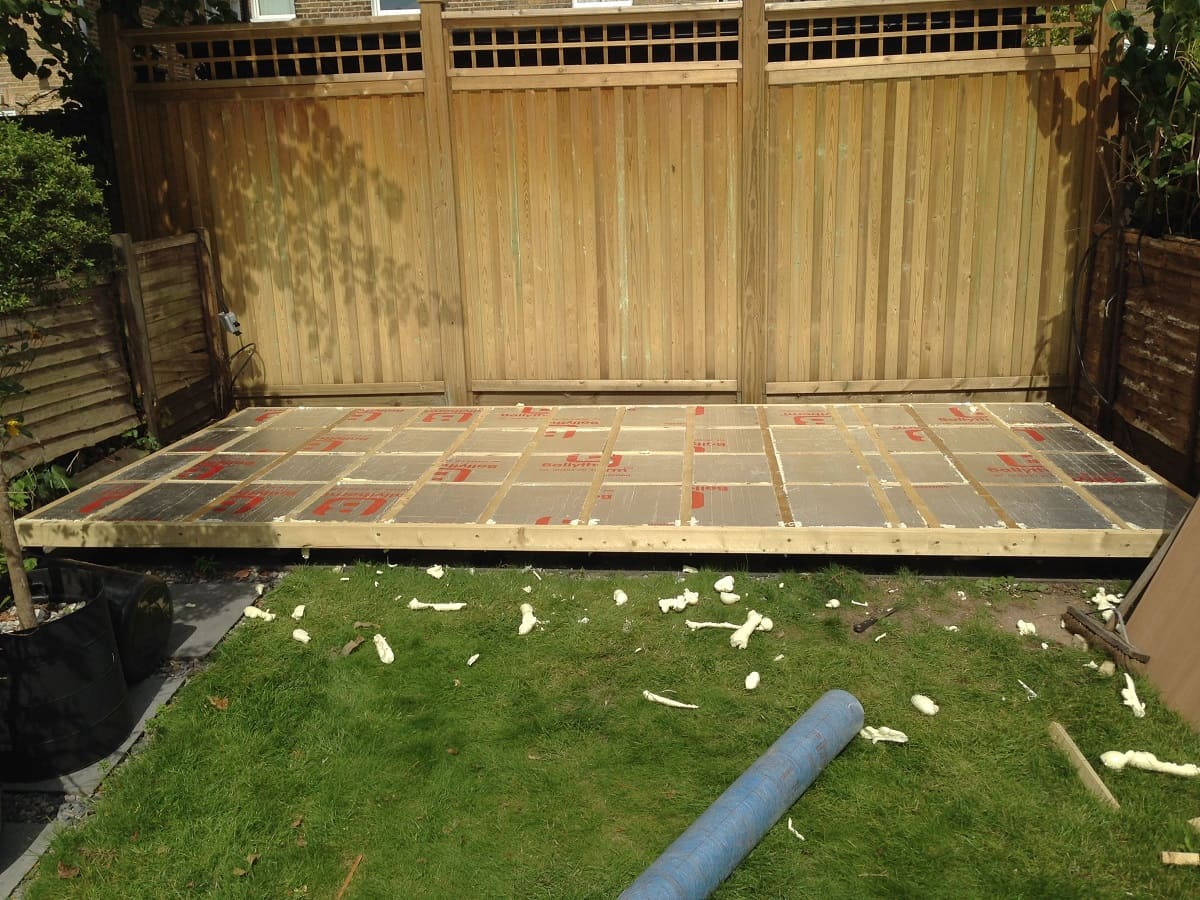
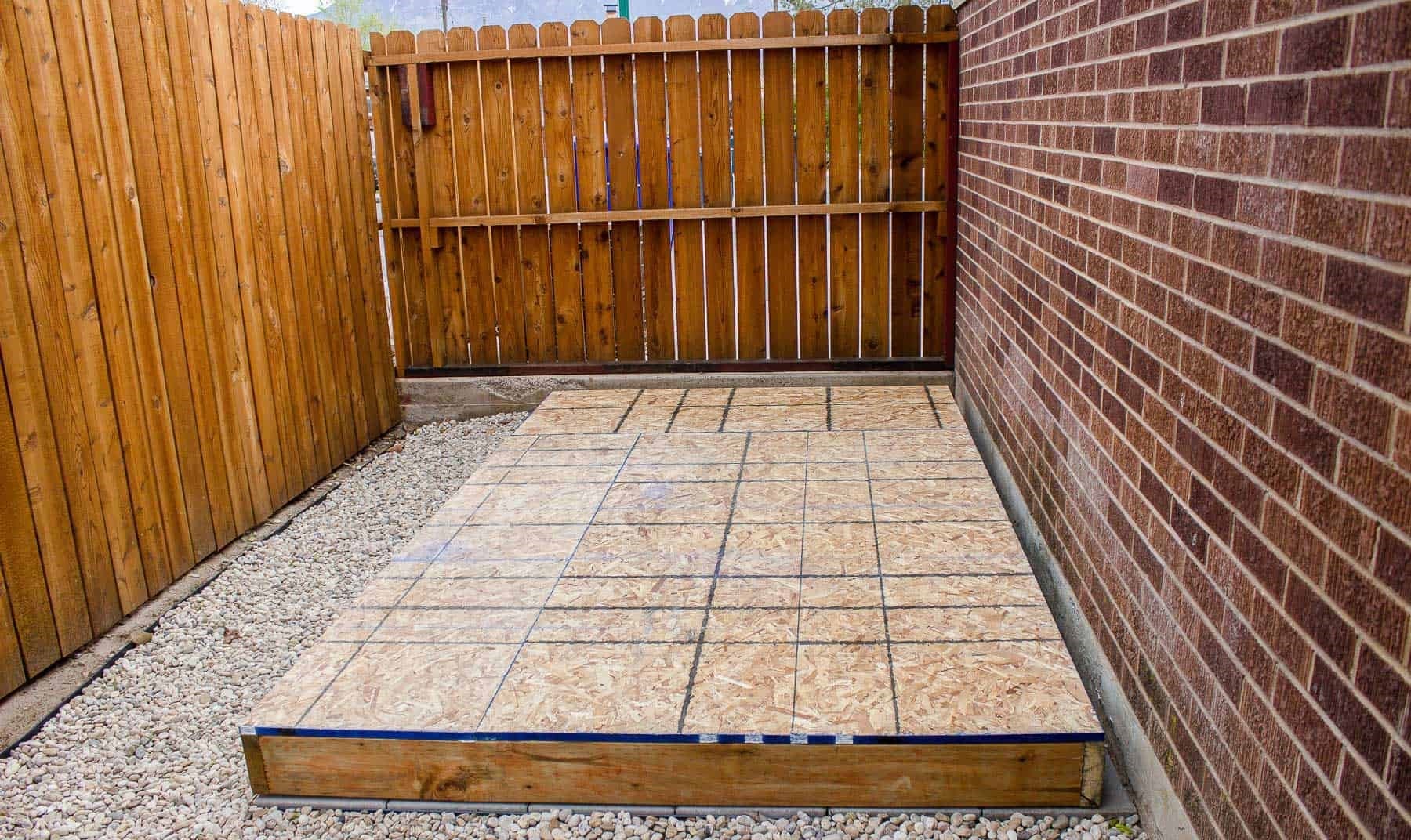
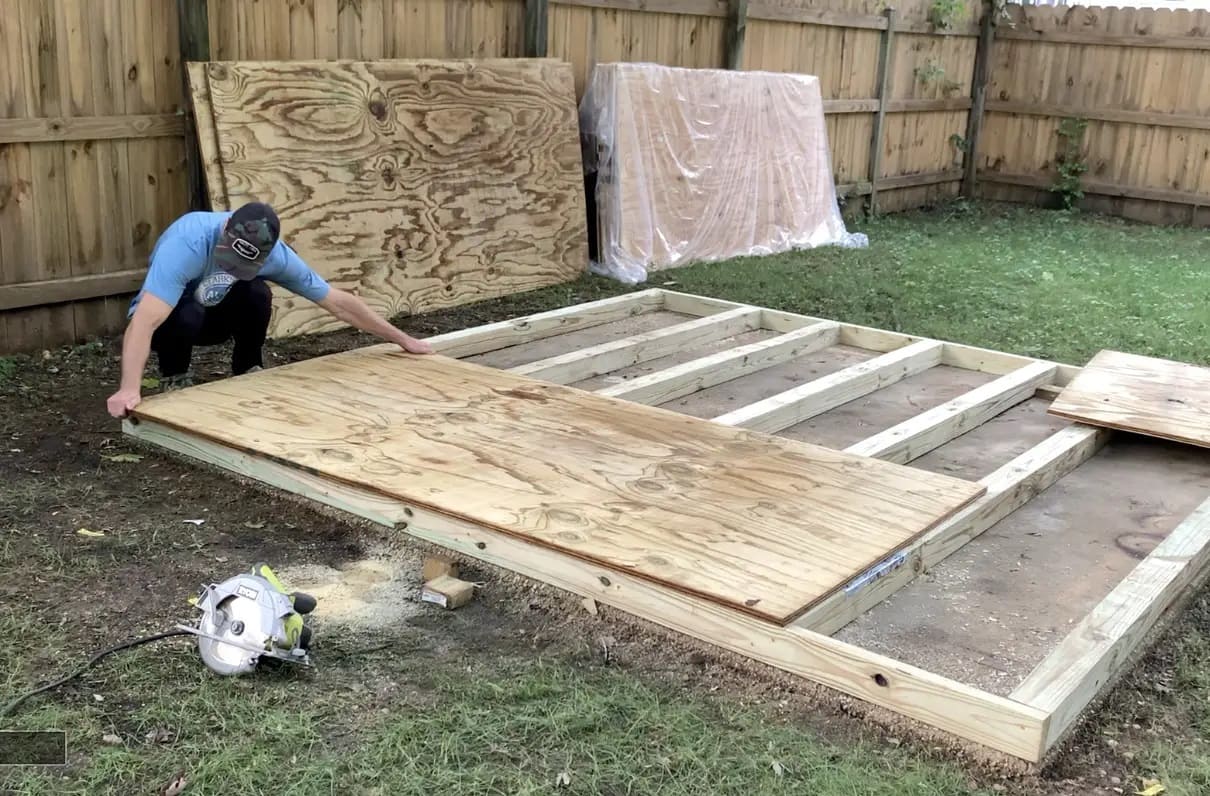
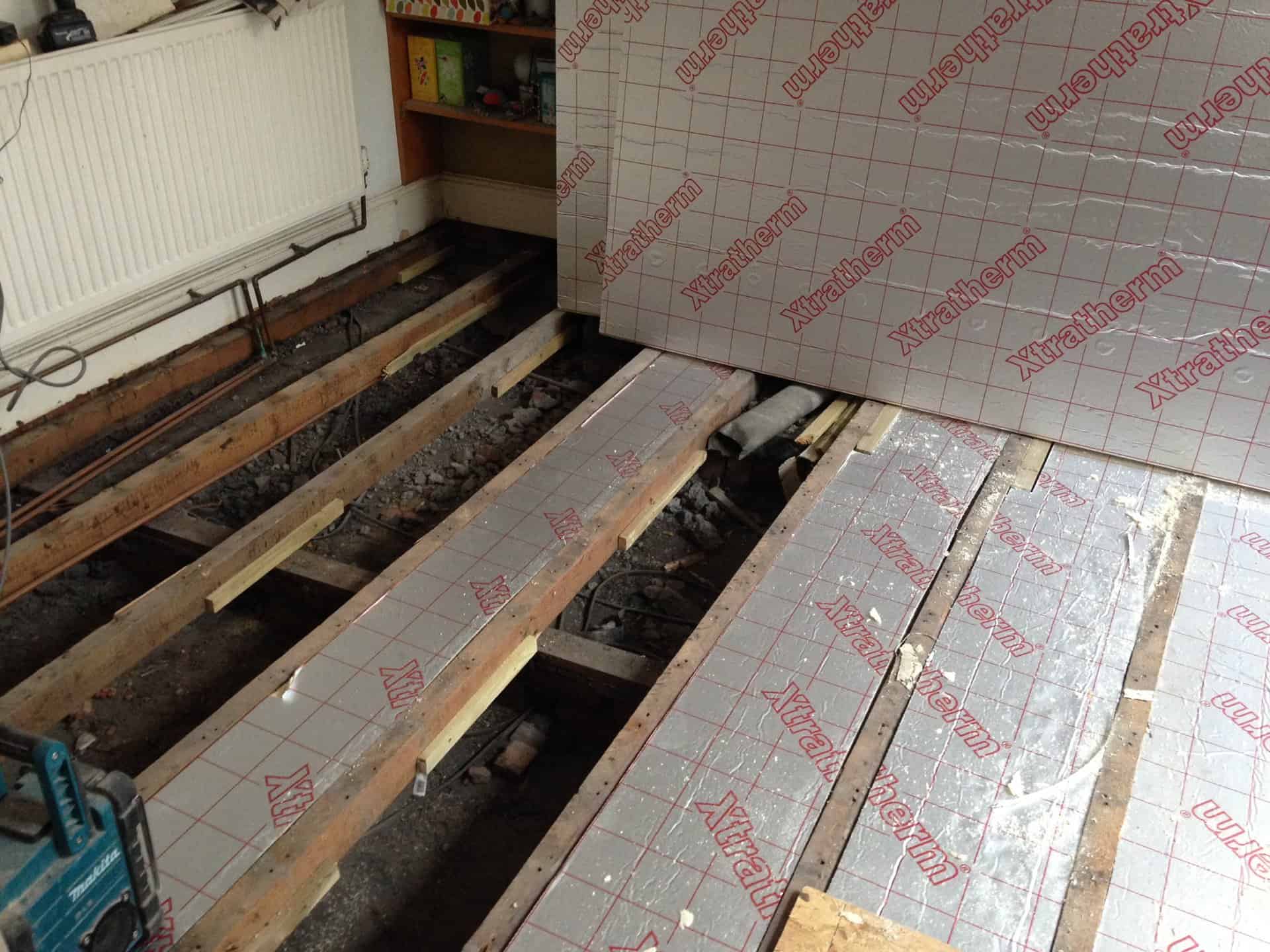
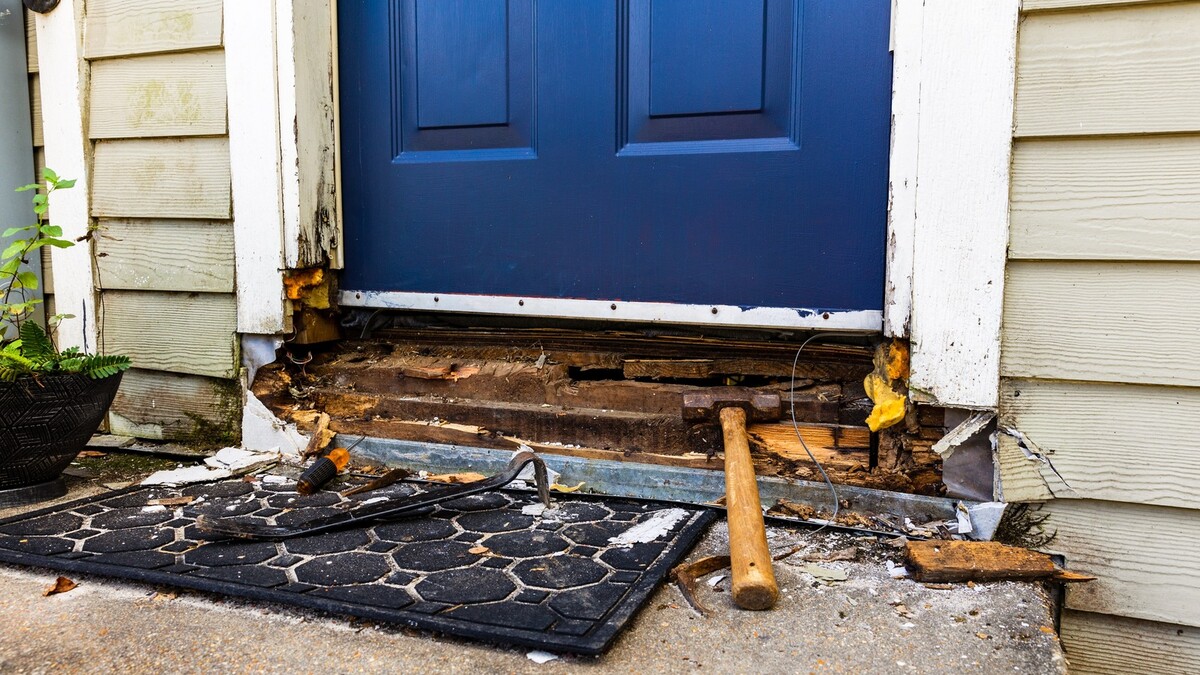
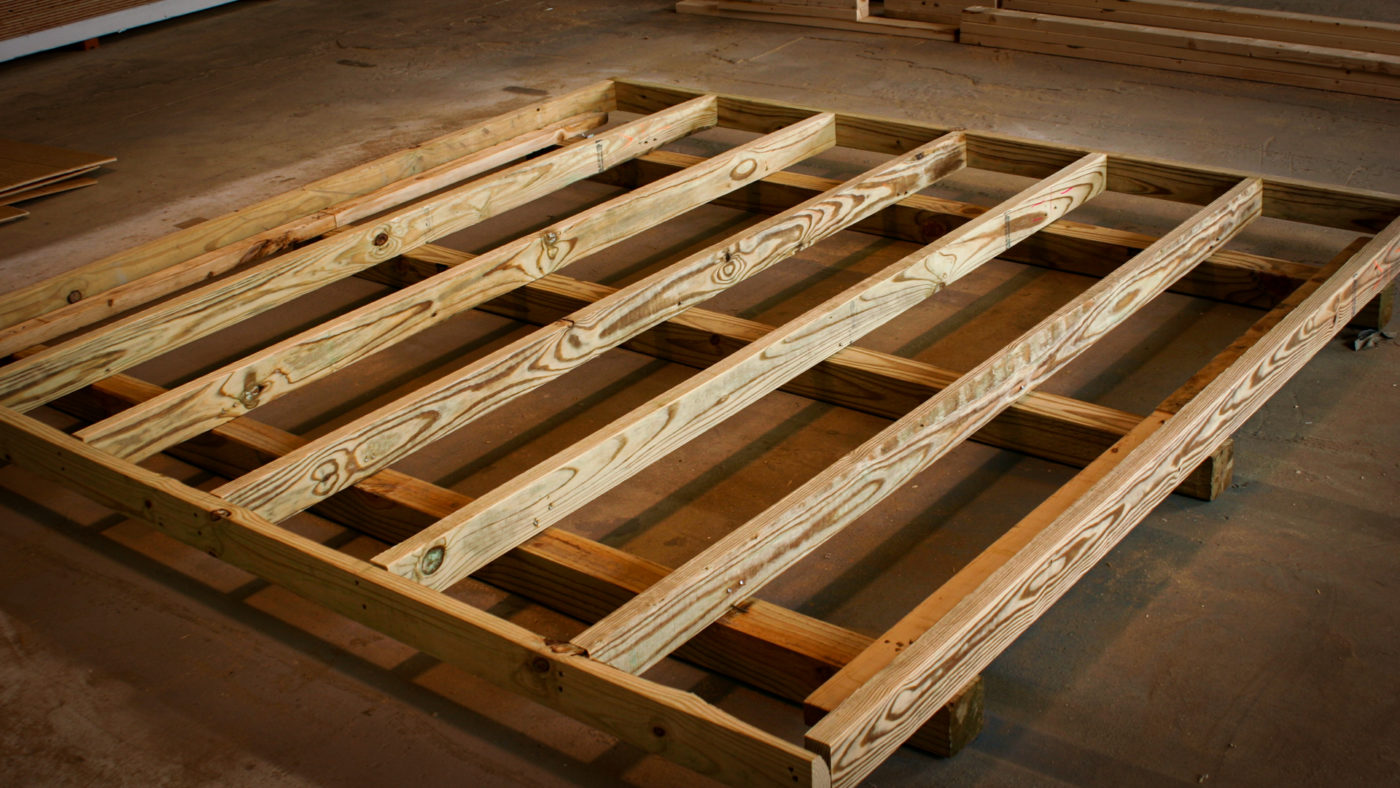
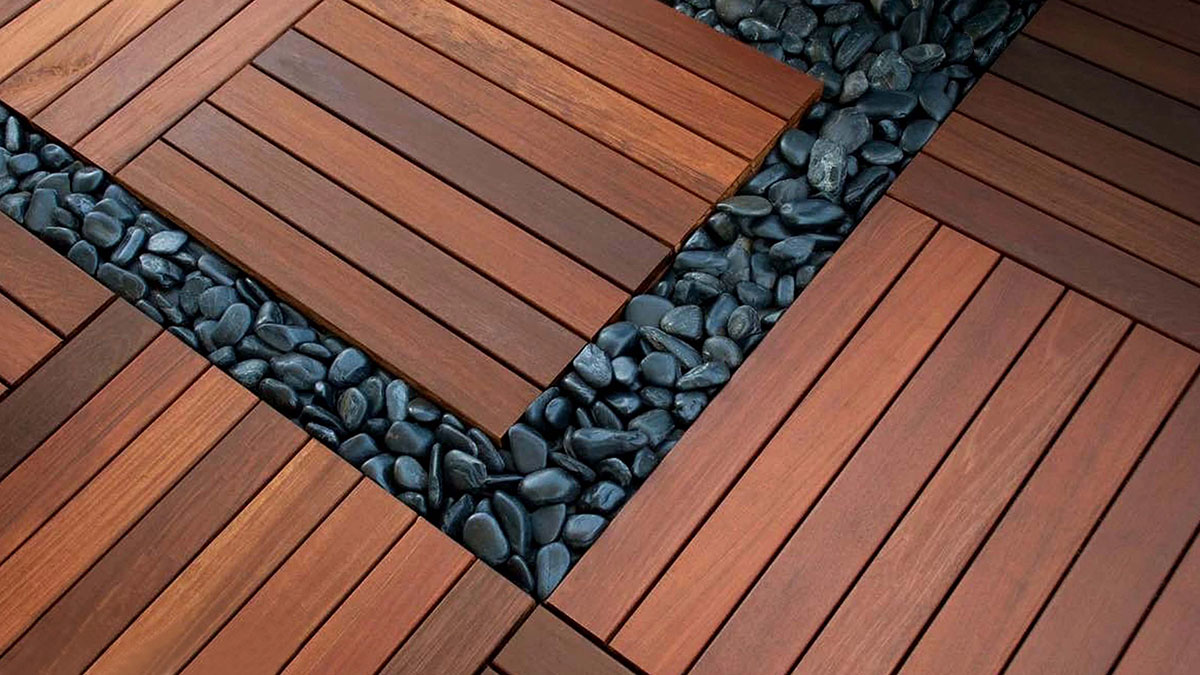
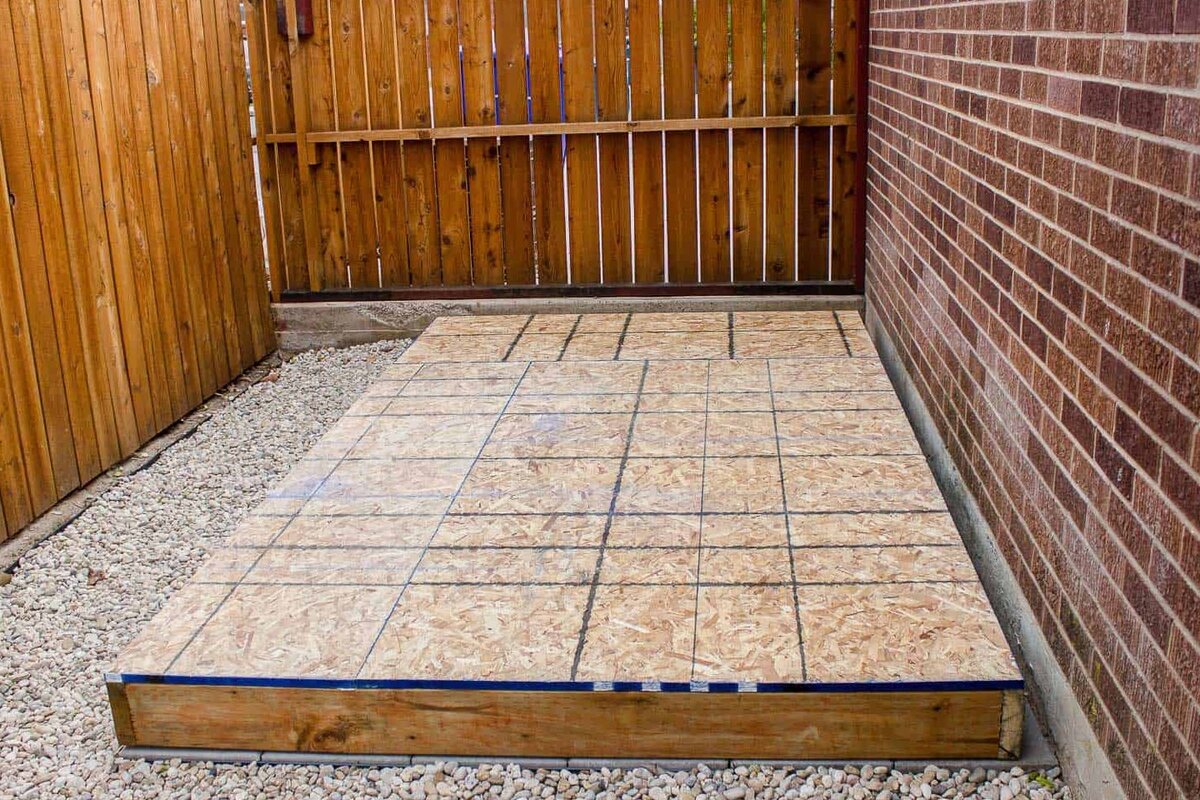
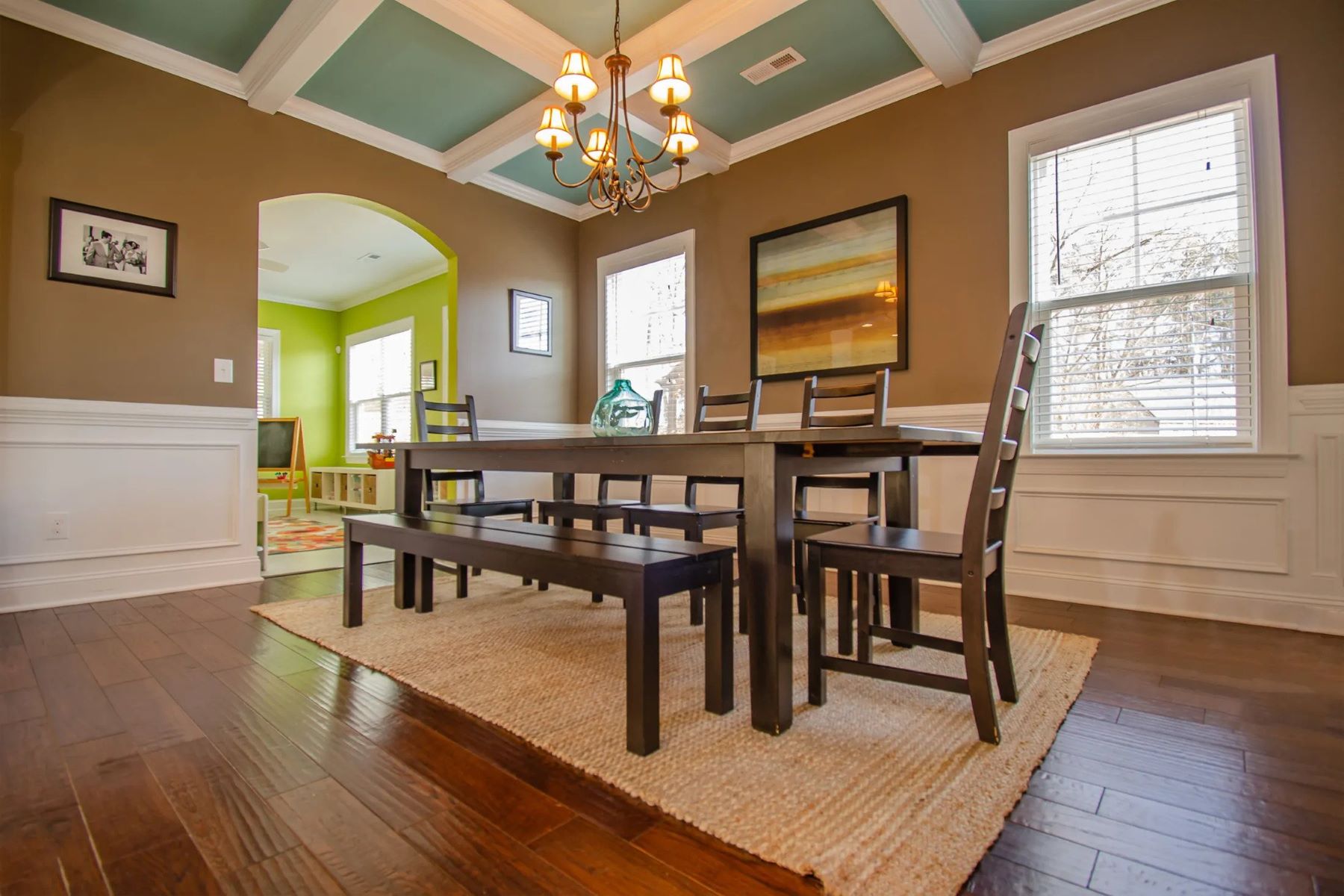
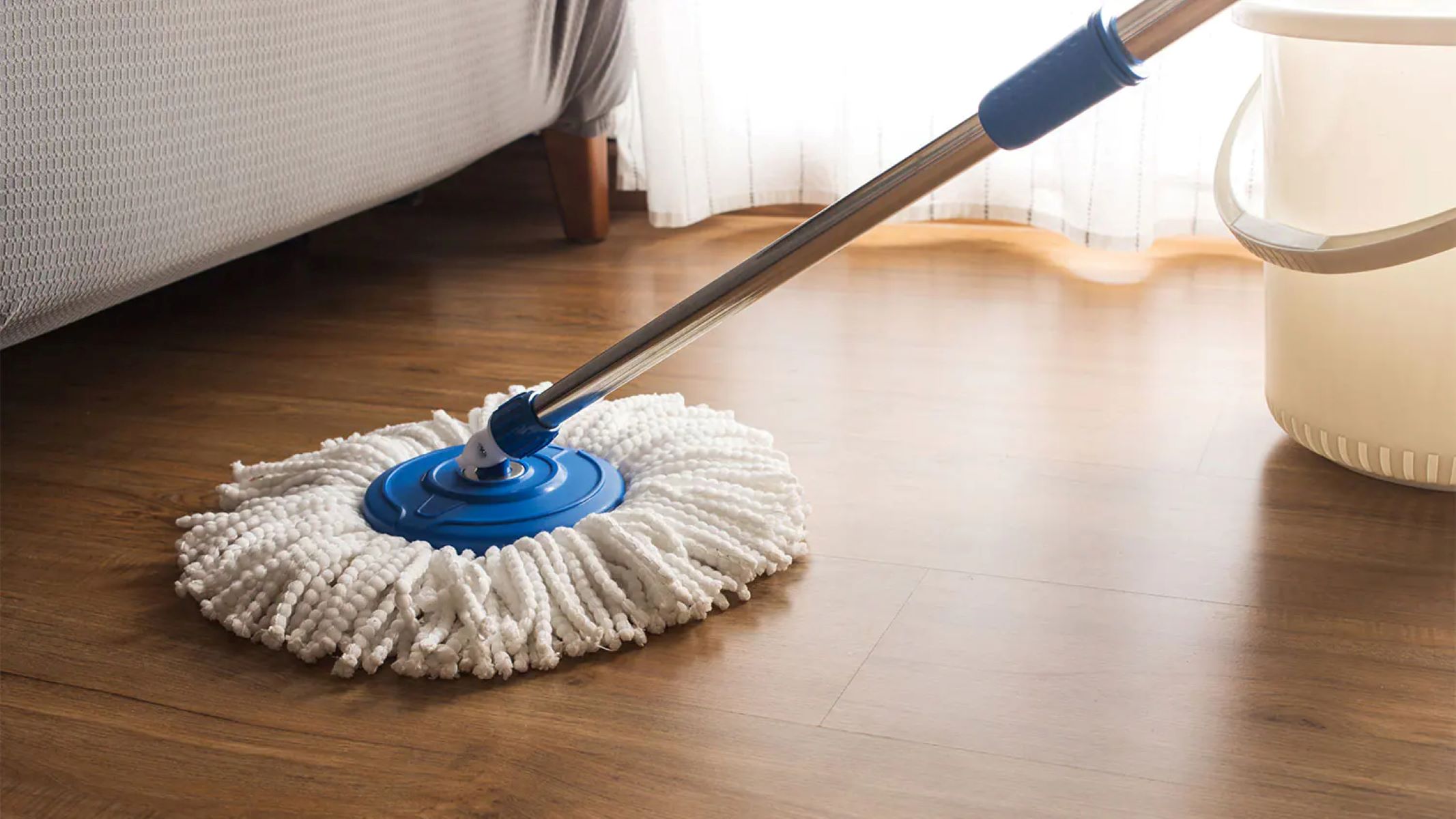
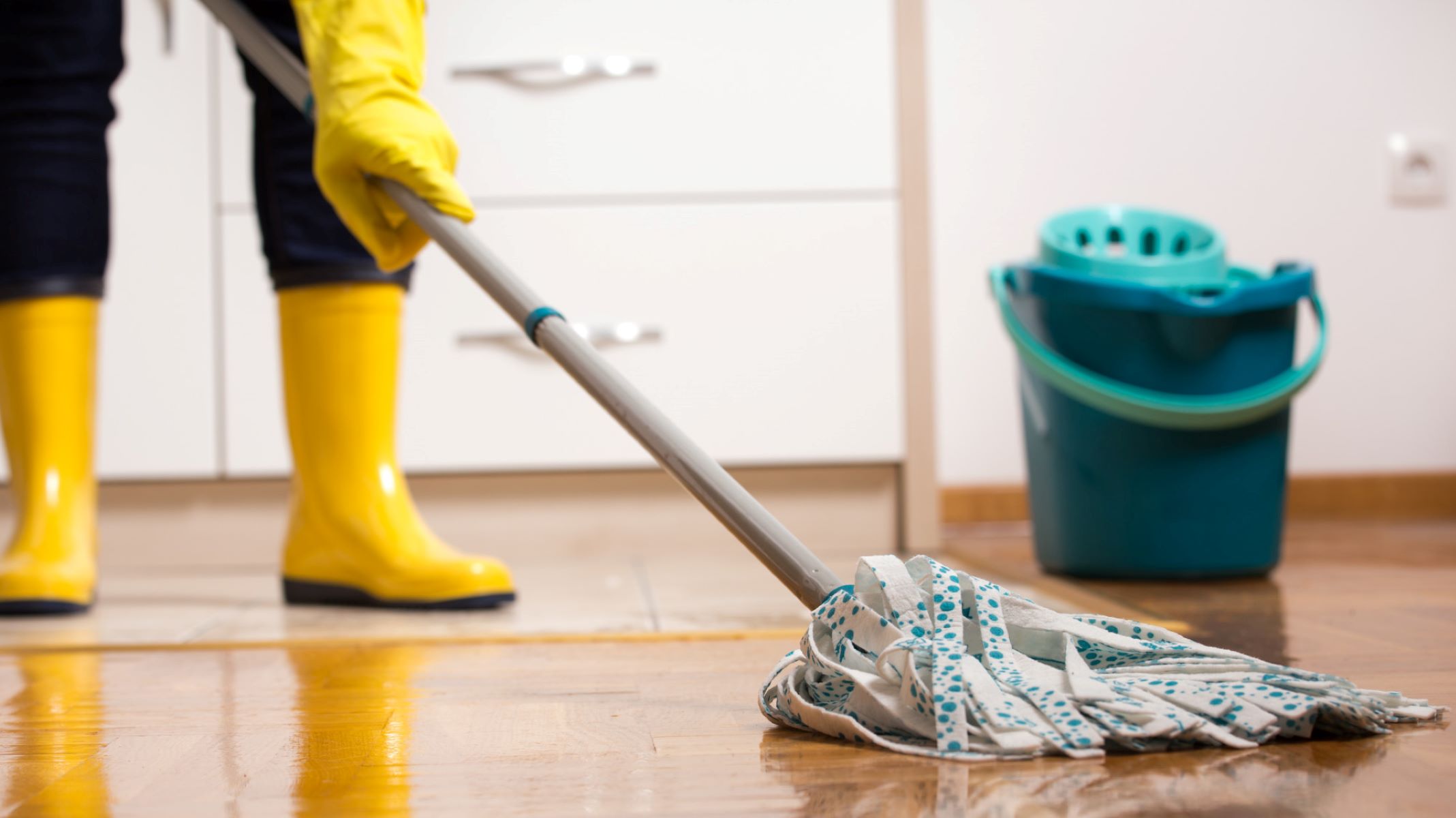
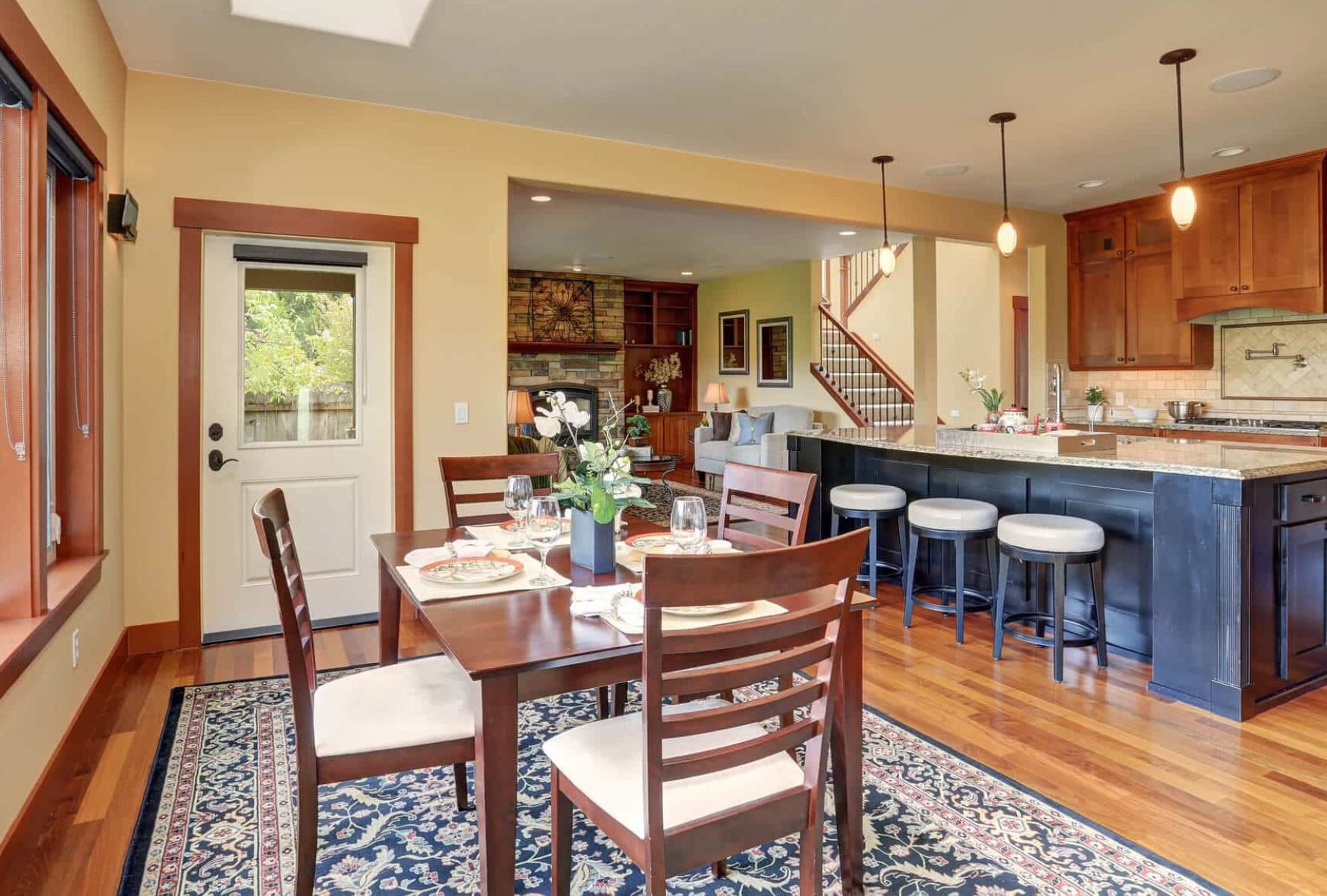

0 thoughts on “What To Use For Shed Flooring”